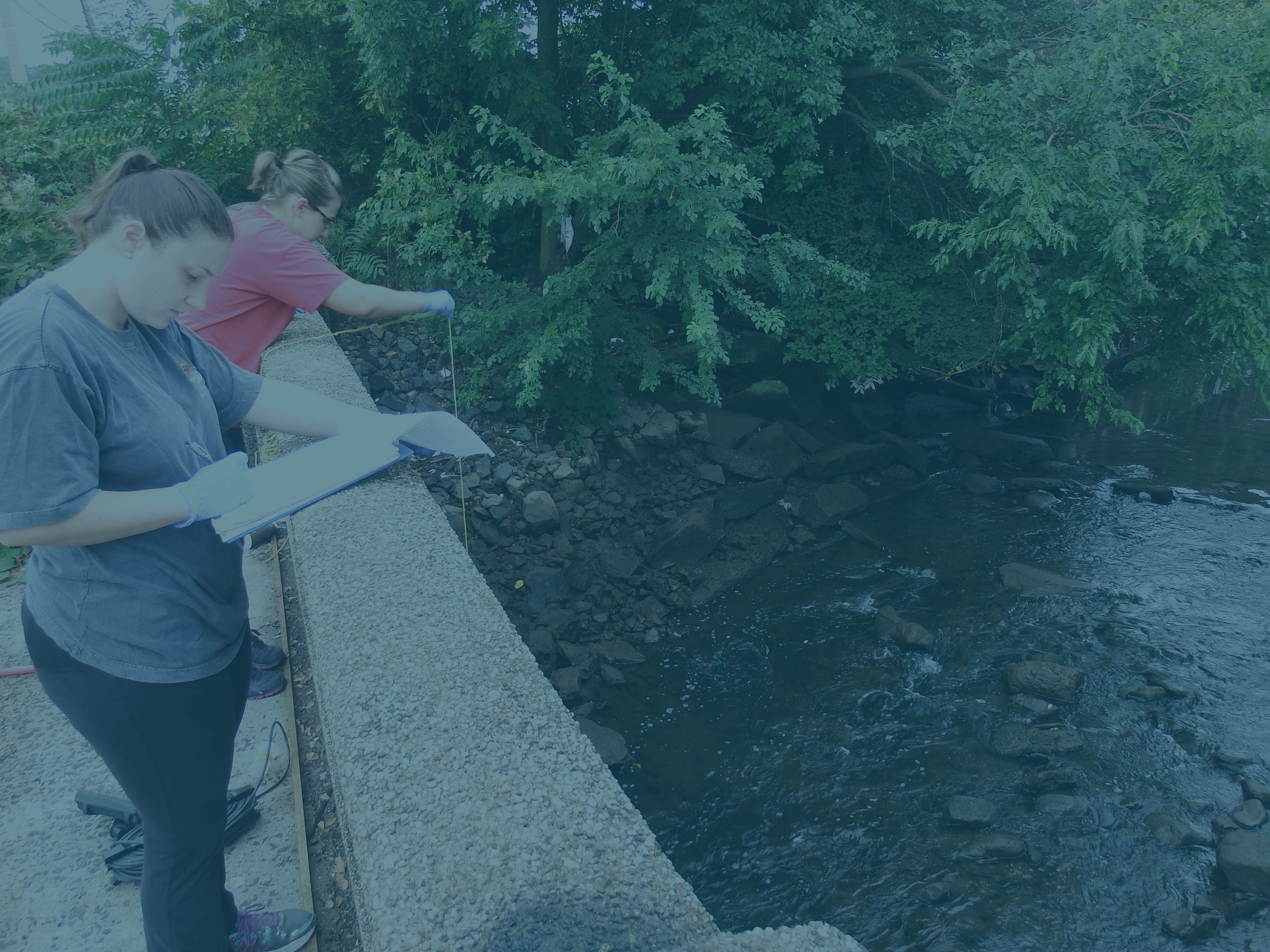
2003 Annual Report
During these times of adversity, extraordinary circumstances put a huge demand on the lives of millions of citizens throughout the world. Political upheaval, global warming, economic uncertainty and homeland security are day-to-day challenges to everyone. This past year was no different. In spite of this, IEC and others must continually strive to maintain and improve the environmental integrity of the tri-state New York-New Jersey-Connecticut Region. Two major infrastructure failures in the region caused the release of over 1 billion gallons of raw sewage to receiving waterways closing beaches for days, closing productive shellfish beds for weeks, forcing many communities to cope without any modern-day conveniences, and requiring all levels of government to respond and assess the impacts. As soon as the Commission learned about these emergencies, IEC offered its field and laboratory services, while maintaining many other ambient and effluent monitoring programs throughout the District. As always, one must adapt to adverse conditions, but rely on good science and sound engineering as an integral part of the decisionmaking process. The Metropolitan Area is truly a water world containing a world class harbor that is able to support a wide spectrum of commercial and recreational industries and activities.
In October 2000, the name of this agency was officially changed from the Interstate Sanitation Commission to the Interstate Environmental Commission (IEC). The new name more accurately reflects the Commission’s mandates, mission and responsibilities that embrace a broad range of programs and activities that include air pollution, public involvement and education, and regulatory compliance. However, the IEC’s continuing emphasis is on water quality — an area in which the Commission is a regulatory and enforcement agency. The Commission’s website — www.iec-nynjct.org — contains information on the IEC, including recent annual reports and other reports, and useful links to other appropriate websites. This annual report will also soon be available on the Commission’s website.
Following the recommendation of the Tri-State Treaty Commission, the Tri-State Compact establishing the District and the Commission was enacted in 1936, with the Consent of Congress. The Commission has an overall responsibility of protecting the environment by viewing the District from a regional, impartial and unbiased perspective. Whereas each state deals with issues within its own borders, the Commission can and does cross state lines. The Commission strives to harmonize water quality standards, regulations and requirements throughout its District.
The Commission’s environmental programs and actions have greatly contributed to the many significant improvements in the region’s waters. IEC’s adoption of the year-round disinfection requirements in 1986 was instrumental in opening thousands of acres of shellfish beds year-round rather than only in the summer months, and has led to previously closed shellfish beds now being available for harvesting. There have been fewer beach closings during the summer bathing seasons due to elevated levels of coliform bacteria. During the four year period, 2000-2003, there were no beach closure days caused by floatables or medical debris. In 1997, the Commission amended its regulations to require mandatory notification to the IEC of planned sewage bypasses. This was done 2 as an effort to eliminate or, at a minimum, lessen the impacts from planned sewage bypasses. Additionally, in conjunction with its three states’ environmental and health departments, US EPA and NYC DEP, the Commission coordinated and spearheaded the effort to have a computer model developed to predict the impacts of unplanned sewage bypasses on area beaches and shellfish beds. As part of this effort, regional notification protocols were developed and have been in place since the 1998 bathing season. This program has proved to be extremely effective and is an excellent example of regional cooperation and coordination among many agencies. To address the need for comprehensive monitoring throughout the New York-New Jersey Harbor and its tributaries, IEC has taken a leadership role in compiling and listing all agencies’ monitoring programs in an effort to uncover and address data gaps and share water quality data.
DOWNLOAD REPORT